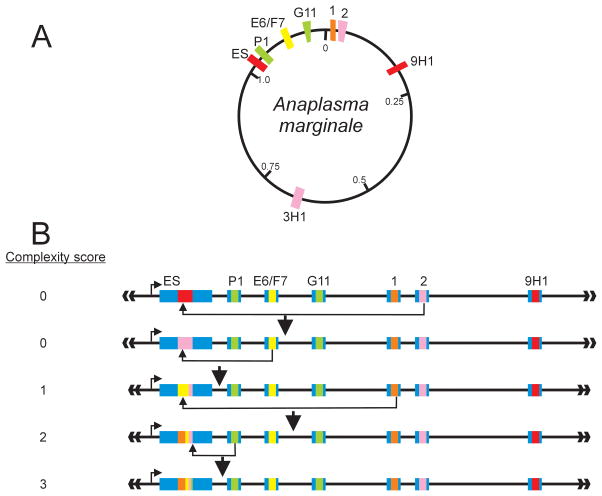Figure 2. Generation of A. marginale Msp2 variants through gene conversion.
A) Genomic structure of the A. marginale msp2 donor and expression site loci. The 1.2-Mb genome is a single circular chromosome and encodes a single Msp2 expression site (ES). Multiple msp2 donor alleles, silent in their chromosomal loci, encode unique hypervariable regions (HVR), which are expressed only when recombined into the expression site. The allelic repertoire shown is for the St. Maries strain; alleles encoding a unique HVR are shown in different colors; duplicated alleles (2, 3H1; 1, 9H1) are shown in the same color. The expression site msp2 variant, in this example, corresponds to that encoded by the full 9H1 (or 1) allele. B) Gene conversion generates unique msp2 expression site variants. Sequential rounds of recombination result in replacement of the existing expression site copy by either a whole allelic donor sequence (as shown in the first gene conversion event in which allele 2 is the donor) or progressive modification of the existing expression site copy by segmental gene conversion. Over time, this process of segmental gene conversion generates complex expression site mosaics derived from multiple allelic donors and is reflected in a complexity score. The light blue regions flanking the expression site represent the conserved 5′ and 3′ domains; identical, truncated domains flank each donor allele and direct recombination. Figure and legend is from ref. 41 with permission.

